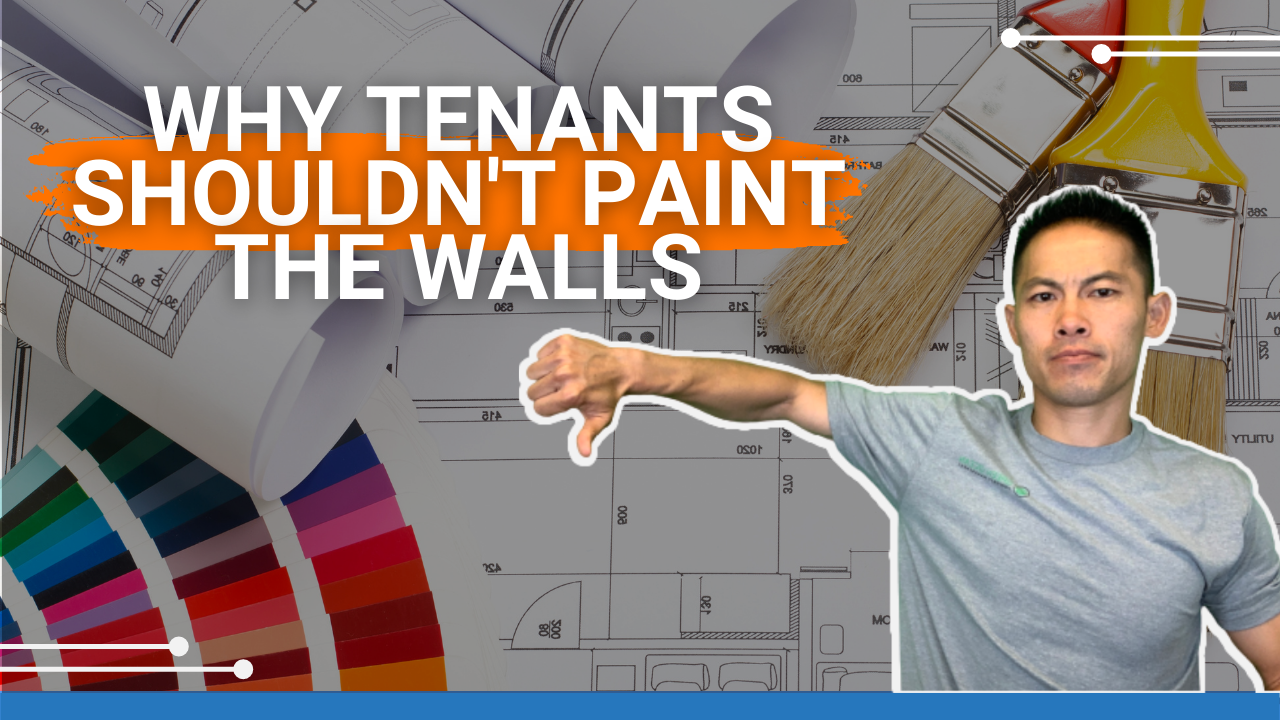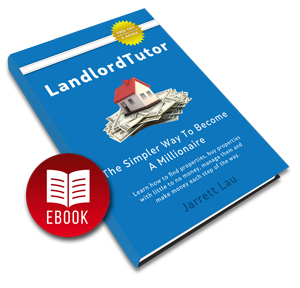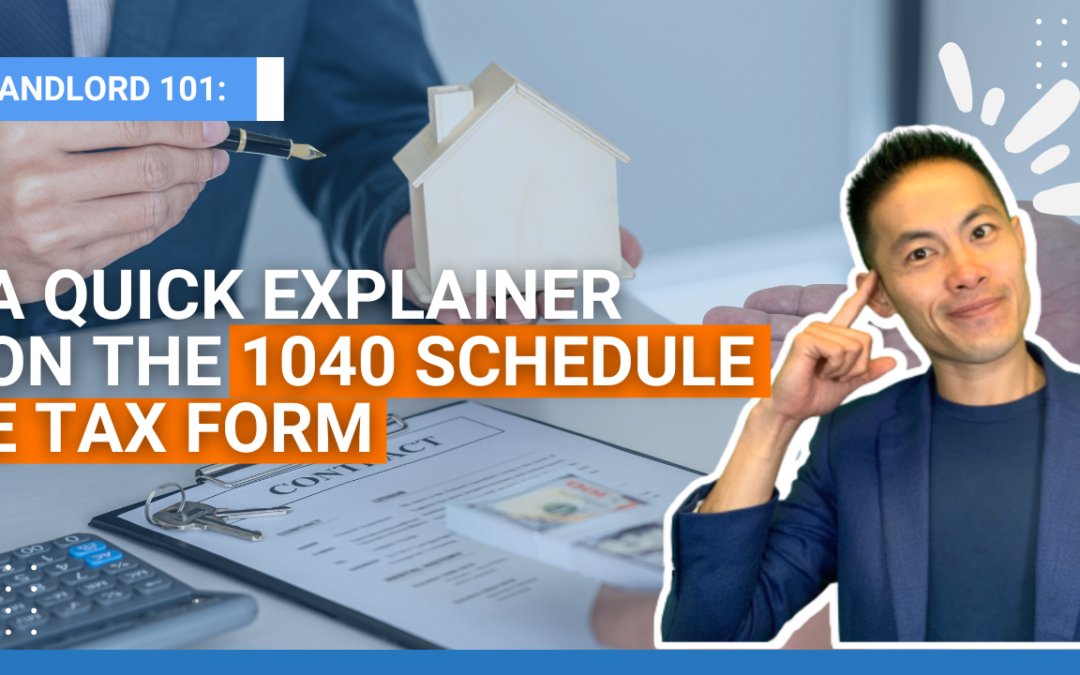
by J. Lau | Jul 18, 2022 | Documents And Paperwork, Taxes & Legal
Any landlord has a lot to think about. Vacancies to fill, rents to collect, and repairs to make. But there’s one thing you shouldn’t miss: property taxes. To ease off your worries about filing tax forms, here is a brief introduction to the 1040 Schedule E tax form.
What is a 1040 Schedule E?

The 1040 Schedule E is a tax form that lists all your business income and losses. It can include real estate, LLCs, corporations, or trusts.
In other words, it lets you know whether the business made a profit or a loss.
Filing a Schedule E would usually involve a Schedule K-1. It is another tax form where a business partnership’s income, deductions, and credits for the tax year are reported.
To know more about taxes and the different tax forms, visit the website of the Internal Revenue Service (IRS).
How does it work?

For example, I am on a 50-50 partnership deal with someone. My partner gets 50%, and I get the other 50%. Together with my CPA, I will take all my K-1s based on my different corporations, businesses, and real estate holdings. We will add them all up and put them on the 1040 Schedule E.
In order to be able to hand out a K-1 depending on the percentage of ownership, my CPA will go through and calculate how much income and costs we have, as well as our net losses.
Tax forms can be really long and complex. But having accurate calculations will ensure that you don’t end up overpaying taxes.
The Landlord Tutor Promise
In all my years as a landlord and property manager, I can assure you that I know my way around taxes, with the help of my CPAs.
If you or anyone else you know is looking for guidance on tax forms, such as the 1040 Schedule E, join the Landlord Tutor community and sign up here.

by J. Lau | Jul 15, 2022 | Emergencies, Property Maintenance, Tenant Issues
Leaks and water damage can happen anywhere or be completely hidden from plain sight. Here are the ways to spot hidden leaks so you can start to fix and prevent further need for repairs.
Why are leaks so common?
Everything ages with time. In a home, this includes roofs, gutters, downspouts, toilets, and faucets. When these get old, they eventually start to malfunction and cause problems.
In many multifamily homes or condos, plumbing problems are also common.
Most leaks aren’t visible and aren’t easy to notice right away. That’s why they’ve been known to create damage in your home that isn’t easily noticeable at first.
How to Spot Leaks
When leaks are discovered, homeowners need to seek professional help quickly to prevent further damage.
Here are some ways to get started on spotting hidden water leaks:
Look for the leak source
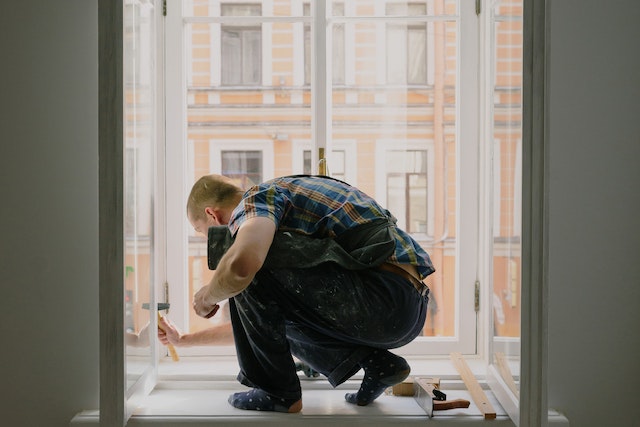
If you don’t know where it’s coming from, you won’t be solving the main problem. You can check these areas first, where leaks are more than likely to occur:
- kitchen
- bathroom
- roof
- attic
- chimney
Sometimes, though, it doesn’t have to be a room in the home. So you should also double-check window frames, ledges, or gutters because these may be clogged out.
Look out for the plumbing
Kitchens and baths in buildings are usually above each other. The most common leaks also come from toilets, bathroom tubs, or shower drains.
So for a leak in one unit, many times, we have to open up the ceiling of the unit below it to take a look and test the leaks.
When testing the plumbing on buildings, you have to do so one at a time. You don’t want to test them simultaneously because sometimes they funnel into one drain, and you won’t be able to figure out the source of the issue.
Also, remember that stack pipes can be a harder issue because you have to open up walls vertically in order to access and see that.
Invest in equipment

If you have a leak in your house, you must find the source before calling a plumber or starting to tear things apart. A video camera is a great tool that helps you do that.
With a video camera, I can find where the leak comes from without taking apart too much stuff. It only requires me to poke a little hole through a wall so I can locate the leak source even within the walls but not create too much wall damage.
The Landlord Tutor Promise
There are different types of leaks that can occur. But because I have been managing properties for over twenty years, solving leaks is something I do on a daily occurrence.
If you would like to know how to efficiently and cost-effectively spot and solve property issues such as hidden water leaks, join the Landlord Tutor community and sign up here.
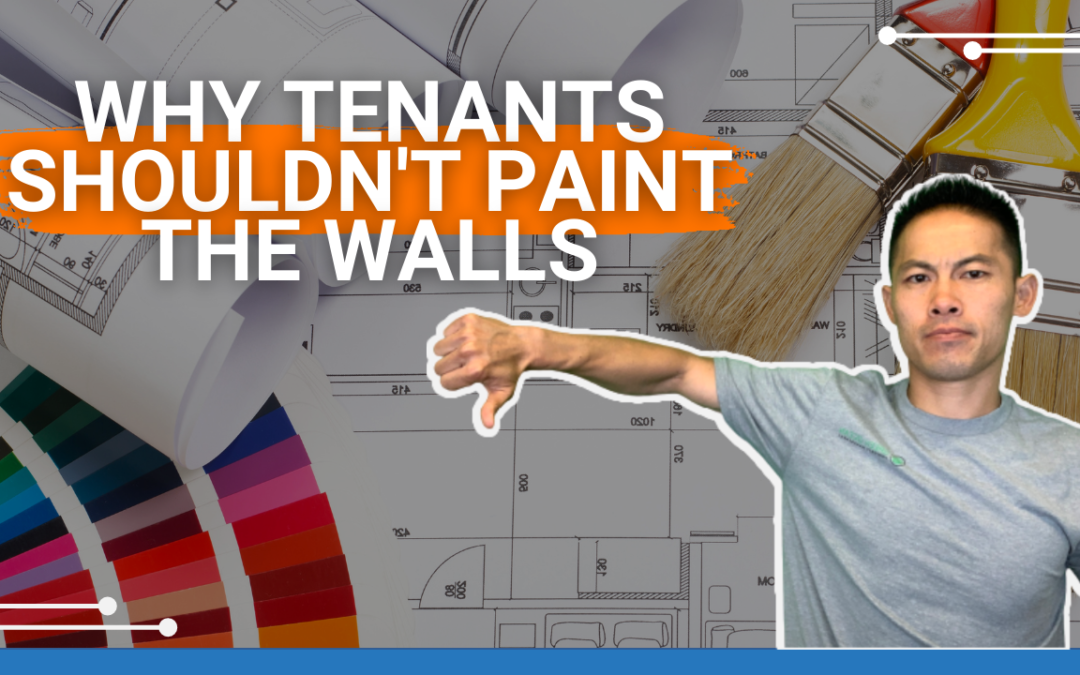
by J. Lau | Jul 13, 2022 | Property Maintenance, Tenant Issues
With just a little paintwork, tenants are more than ready to paint the walls and turn their space into what they can call their own. But any renovation or maintenance project should be taken care of by the landlord.
As your Landlord Tutor, here are some thoughts I would like to share on why tenants shouldn’t be allowed to paint the walls of a rental property.
Paint jobs are the landlord’s responsibility

Paint jobs fall under maintenance. The costs required in keeping the property’s curb appeal are the responsibility of the landlord, just like with any other maintenance work.
That is why we specify that tenants should request any paint job on the property in all our leases. The request must be in writing and include the paint color they want. The color must not be anything wild but something neutral as well.
Using the same paint has its benefits
Generally, I use a standard color for all my properties: Revere Pewter by Benjamin Moore. It is a lovely neutral color for any room on your property.
Over the years, I have found that using the same paint has the following benefits:
- We can do touch-ups quickly
- We no longer have to try matching colors
- We save time and money on paint jobs
Because the paint we use is neutral, most tenants like it. But if a tenant asks for different paint color, the lease specifies that they have to paint it back to the standard color before they move out of the unit.
Walls must be painted back to the standard color

Regardless, we will ask tenants to repaint the walls in our standard colors. In addition, we make sure they know that they are liable for the cost of fixing any damage if the paint job is done incorrectly.
In preparation for our move-out inspections, we provide tenants with an established list of pricing. That way, they know how much work they will be responsible for before they move out. The pricing covers costs for painting a room, a wall, a ceiling, and any form of baseboards in the room.
We also emphasize that we will charge them if they do not paint the walls back to the standard color by a specific date.
The Landlord Tutor Promise
As a landlord and property manager, I have managed over 800+ properties and dealt with countless tenants who wanted to DIY paint jobs on their units.
If you or anyone else you know is looking for guidance on landlord responsibilities, such as dealing with tenants who shouldn’t paint the walls of your property, join the Landlord Tutor community and sign up here.

by J. Lau | Jul 11, 2022 | Prequalifying
Getting the right tenant is a crucial part of renting your property. Here’s how to pre-screen the best tenant possible through their landlord and work verifications.
Are Landlord and Work Verifications Necessary?

I get this question a lot. But as I always say, it never fails to stick to the 5Ps: Prior Planning Prevents Poor Performance.
There is no way to determine right off the bat if your tenants are a good fit. But landlords, with the help of property managers, can always plan ahead and strategize.
One way to do that is through landlord and work verifications. Like credit scores, they are early indicators of good tenancy history and financial status.
What to Ask During Landlord Verification
I include landlord verification during the screening process where the tenant-applicant will be required to provide some information about their former landlords.
If they refuse or hesitate, you can probably guess that they didn’t have a good relationship with their previous landlord.
But if the applicant complies and you are able to reach their former landlord, here are a few questions you can ask about their former tenant:
- Did the tenant pay their rent on time?
- Did the tenant keep their unit in good condition?
- How were they as tenants? What did you like most about them?
- What type of situation, if any, did occur that they did not like?
- Were there any neighbors that they didn’t get along with?
- Why do you think are they moving?
Keep in mind that landlords can be incredibly busy, so you would want to set an appointment with them in advance. Be specific about the time and date, and emphasize how you would appreciate their feedback.
Furthermore, you may want to contact at least two of the applicant’s former landlords. This way, you can guarantee consistency and avoid any false information.
What to Ask During Work Verification

If your tenant-applicant provides their pay stubs, you can also use them. Pay stubs, also called payslips or paycheck stubs, indicate how much they are paid so you would know if they can pay the rent.
But looking beyond their ability to pay their bills, we want to get a grasp of their personality.
As such, here are some questions you can ask their employer or superior during work verification:
- Does the tenant show up on time?
- Are they disrespectful towards clients, superiors, or colleagues?
- Do they get along with others?
Their attitude towards work is a reflection of their overall character, and that would let you know if they are the kind of tenant that you want to deal with.
Remember, you are not just looking for someone who has a paycheck and can pay the rent. These people will be living in your property and you will deal with them for a certain period of time.
It is important to screen tenant-applicants well and utilize the information you get from their landlord and work verifications.
The Landlord Tutor Promise
In all my years of managing over 800+ properties, I have seen and dealt with countless tenant applications.
If you or anyone else you know is looking for guidance on screening tenants, such as conducting landlord and work verifications, join the Landlord Tutor community and sign up here.

by J. Lau | Jul 8, 2022 | The Rental Process
With every new tenant, landlords charge certain fees related to the move-in. State laws may vary, but here’s what you need to know about tenant move-in fees.
What Are Tenant Move-In Fees?

When a tenant signs a new lease, landlords often charge a certain fee. These fees typically cover all expenses related to processing and accommodating new renters, including touch-ups and small adjustments like switching directories and reprogramming security systems.
While some tenants resent paying these fees and consider them an unfair expense, the fees are perfectly legal as long as they are reasonable and disclosed upfront.
Security Deposit vs. Tenant Move-In Fees
Tenant move-in fees should not be confused with the security deposit.
A security deposit is an amount that a tenant pays to a landlord at the start of a tenancy and that the landlord holds in trust.
It is also used to cover the expense of repairing any excessive damage the tenant, other residents, or their visitors made to the rental property during the tenancy.
The security deposit also only forms part of the move-in fees.
State Laws on Move-in Fees

As a landlord, you should be aware of what tenant move-in fees you can charge and how to collect them so there are no legal issues down the line.
In Massachusetts, there are three categories under which you can collect move-in fees:
- first month’s rent – the rent for the first month of their tenancy
- last month’s rent – the rent for the last month of their lease term
- security deposit – an amount held in trust that must be equivalent to no more than one month’s rent
You can also charge a key deposit fee which would include the purchase and installation costs for a new lock and key.
Charges for lease creation, pet fees, and application costs are all prohibited. You also cannot collect nor accept rent payments in advance, even if the tenants offer. Doing so would put you at risk of liability.
Knowing the state regulations will let you decide how much you can collect in advance and how you must manage those funds. Remember to always check your local state laws for any changes to the regulations.
The Landlord Tutor Promise
I have been in the business of buying and managing investment properties for over 20 years. To know more about tenant move-in fees and other things you ought to know about being a capable and profitable landlord, join the Landlord Tutor community and sign up here.










